
The Best Way To Reality Check For Lucid Dreaming
To gain lucidity in a dream, the dreamer first has to learn to determine whether or not they are dreaming. In this article, we explain how to do that, by performing reality checks.
Lucid dreaming is a very exciting and strange practice. Some claim that, when lucid, it is possible to live any reality you choose. You can, quite literally, live your dreams. In order to achieve such states, though, a person must practise carefully during their waking life. And a key part of this practice is learning to focus on the features of your reality, so you can tell the difference when you're dreaming.
In this article, we ask what reality checking is, and how to do it.
What is a reality check, and why is it important?
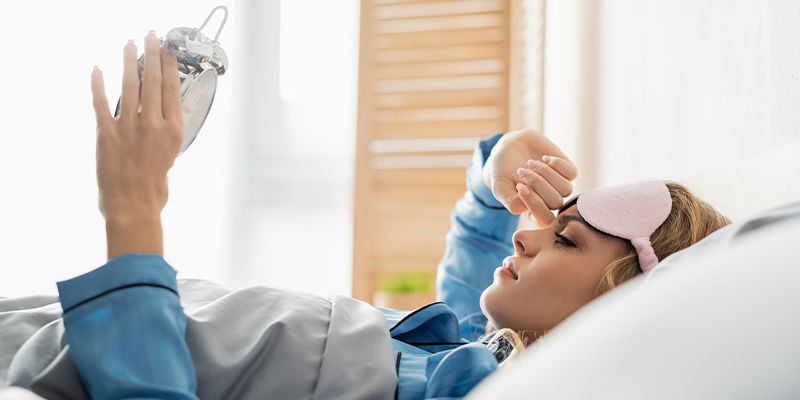
Reality checking, also known as reality testing, during dreaming is one of the key ways that a person can achieve lucidity. It involves training yourself, during waking life, to check in and ask yourself about the nature of your reality. Does it seem real? Is everything as you expect?
When teaching yourself to integrate reality checking into your waking (and then dreaming) life, it’s not as simple as asking yourself a quick question and then forgetting about it. The essential part of a reality check is that you really, consciously examine whether or not you are dreaming or awake.
Much of this has to do with the nature of the question, and how you think about the answer. But you can make gaining lucidity much easier for yourself by using a “dream sign”, or signs. These are certain things you purposefully look out for or check in on, such as trying to push your fingers through your palm, or looking at the face of a clock.
What makes a good reality check?
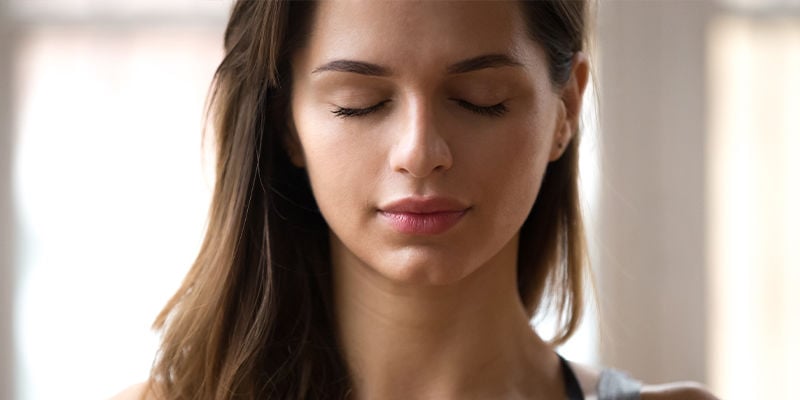
For a reality check to be effective, it needs to be something that is impossible in the waking world, but possible in the dream world. And it needs to be something unusual enough to make you realise that, if it does happen, you are dreaming.
Some examples of reality checks include:
- Can you push your fingers through your palm?
- Can you fly?
- Do you have a normal body? Do you have a body at all?
- Does the world have detail?
- Can you breathe with your nose covered and mouth closed?
- Can you read the time on a clock?
- What happens if you look in the mirror?
A reality check could also be much more personal to you. This might even help. Whatever you choose, ensure it’s something that has a clear result in waking life.
As mentioned, it’s crucial that you really focus on your reality check when doing it. It’s not enough to quickly wonder if you’re flying. You should stop and focus carefully on the sensations going through your body; feel your feet firmly on the floor, and consider what that feels like. By being mindful in this way, you are much more likely to notice when you don’t feel these things when dreaming.
When should you reality check?
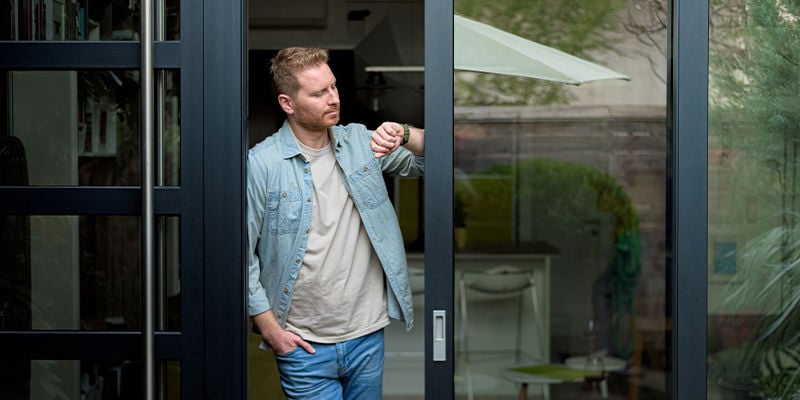
You should try to perform reality checks several times a day. If you don’t do them regularly, then you’re unlikely to do them when dreaming. While in a dream state, you won’t consciously stop and think, “Ah, I should probably do a reality check right now”. Rather, by performing them regularly in waking life, you will eventually begin to do them automatically when dreaming.
To make it easier, you can ask yourself whether you’re dreaming at certain points throughout the day. One option is to perform a check every time you walk through a door—open or closed. If you reality check in these common moments, then when it happens during a dream, you will automatically do so then, too.
You could pick any similar, common moment.
How to reality check for lucid dreaming
Now that you understand the principles of reality checking, we’ll go through some examples in a little more detail. These examples are very easy to integrate, however, the principles are the same across all reality checks, so pick ones that work for you.
Try to push your finger through your palm
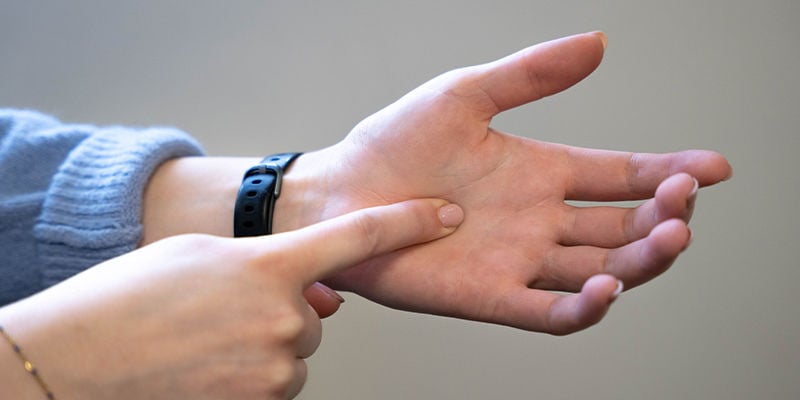
This is a good option for a reality check, as you can always test it in waking life.
Ask yourself if you’re dreaming, then try to push a finger or two through your palm. When awake, genuinely try to do it, and cultivate a mindset that really believes it could happen. Focus on how the resistance feels when your fingers do not pass through your palm.
If you practise like this, then you’ll also focus properly when reality checking during your dreams. And when you focus, you’ll gain lucidity.
Look at yourself in the mirror
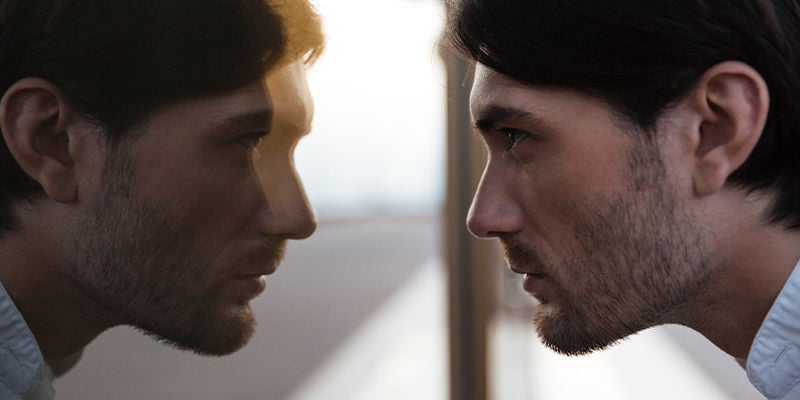
Another option is to look at yourself in a mirror. Of course, this option relies on a mirror being around, both in real life and in the dream world.
Once again, really focus. If you just quickly glance, then your dream self probably won’t be able to distinguish that state from reality. Stop, and look at your features. Do they look normal? Do you have two eyes? Are they the same colour as you expect them to be? Do you even look like yourself?
In the dream world, you might look subtly different, or you might look unrecognisable. Either way, you’ll only find out if you truly learn to look and notice.
Read a clock (digital or clock face)
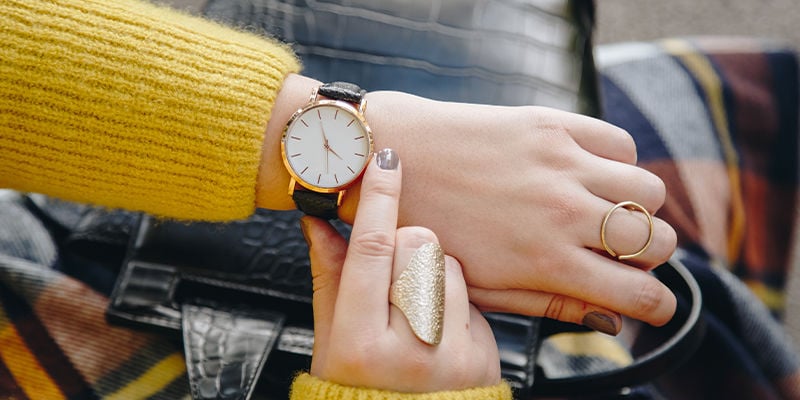
In waking life, clock faces tend to be quite clear, and make sense. In the dream world, this is much less the case. If you really look to read one, you might discover that it has five hands, or shows numbers that a normal clock doesn’t (for example, 31:72).
Again, every time you practise this test in waking life, stop and properly read the clock. Notice what all the numbers are, or where the hands are. Take a moment to take it in, and understand how it makes sense.
Flip a coin
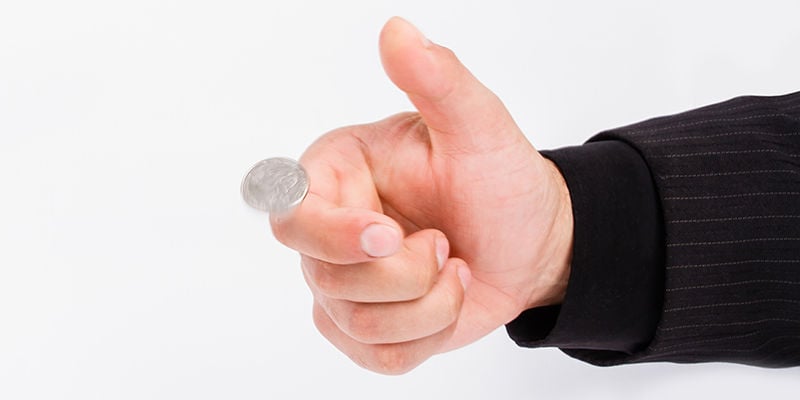
Flipping a coin can be a very effective reality check. In real life, it goes up and down very quickly, and shows one of two results.
In the dream world, it could float indefinitely, it could rise up surprisingly high, or it could come back down showing anything, or perhaps even as a totally different object.
Flipping a coin is a good test, as it requires more concentration in waking life. You have to focus on the action of flipping and catching, which automatically means you’ll be more mindful of it.
Hold your breath

As mentioned, you can also try holding your breath. This becomes uncomfortable very quickly when you’re awake. But when you’re dreaming, you might discover that you can hold your breath for as long as you want.
Breathing is so fundamental to us that it can be very easy to tell that we’re not in our waking reality when our relationship with breathing changes, just so long as we learn to notice it.
Do different reality testing techniques work better than others?
Finding the most effective reality check might be a matter of trial and error; it’s about finding one that works for you.
There are two key elements to this practice. First, it needs to be something you can easily practise several times a day. Second, it needs to be something that you can easily focus on while practising.
If you can get these two requirements right, then it shouldn’t be long until your reality checks find a way into your dreams.
Reality checks: A crucial part of lucid dreaming

Reality checking is one of the easiest ways to achieve lucidity when dreaming. Ultimately, effective reality checking means being mindful. The action is somewhat irrelevant; it has much more to do with how you focus on and relate to the action. The action only serves to bring your attention to the nature of your reality, so that, when you’re dreaming, you notice it!
-
 4 min
July 22, 2021
Top 10 Lucid Dreaming Apps For iOS & Android
Lucid dreaming is a sensational experience. Explore new worlds, invent vivid scenarios, or dance with your favourite rockstar—all of this and more is achievable through the art of lucid dreaming....
4 min
July 22, 2021
Top 10 Lucid Dreaming Apps For iOS & Android
Lucid dreaming is a sensational experience. Explore new worlds, invent vivid scenarios, or dance with your favourite rockstar—all of this and more is achievable through the art of lucid dreaming....
-
 6 min
July 6, 2021
What Are The Risks Of Lucid Dreaming?
The magical world of the subconscious, what does it contain? Potentially the best way to find out is to enter a lucid state while dreaming. But, are there any risks attached to this almost...
6 min
July 6, 2021
What Are The Risks Of Lucid Dreaming?
The magical world of the subconscious, what does it contain? Potentially the best way to find out is to enter a lucid state while dreaming. But, are there any risks attached to this almost...











 United States
United States








